Eddie Rickenbacker Childhood Home
The childhood home of one of Ohio's favorite sons, pilot and war hero Eddie Rickenbacker.
Edward Vernon Rickenbacker was the USA’s “Ace of Aces” during the First World War, shooting down 26 enemy aircraft in less than a year. He was awarded the Medal of Honor for his efforts, became a successful business executive and survived two horrific plane crashes.
Rickenbacker was born in Columbus, Ohio in 1890 to an impoverished Swiss immigrant family. His family’s true name Rickenbacher, but the spelling was later changed as anti-German sentiment engulfed the country during World War I. When Eddie was still a child, his father William was killed in a drunken brawl, and so Eddie took over as head of the household, lying about his age so he could leave school at sixth grade and go straight to work.
As a young man, Rickenbacker became enamored by engines and automobiles, eventually becoming a highly successful race car driver just as the nation was captivated by high speeds and the machines capable of achieving them. When the United States finally entered World War I in 1917, Rickenbacker went to Europe as a chauffeur, driving high-ranking officers around France. Eventually he talked his way into the Aviation Section of the U.S. Army Signal Corps, an ancestor of the Air Force.
At this time, flying was considered a gentlemanly pursuit and military pilots were often aristocrats back home. One of the more popular American pilots at the time was Quentin Roosevelt, the son of a former president, while on the other side of the lines, the battle-hardened German “Flying Circus” was commanded by the Red Baron, who was, of course, a literal baron.
Rickenbacker, on the other hand, was poor, uneducated and unsophisticated. But he knew about engines, machines and speed. He also knew about hard work and dedication, and while he would sometimes fly recklessly and often put himself needlessly in danger, during the spring and summer of 1918 the air war claimed the lives of so many officers that Rickenbacker was eventually promoted to Captain and given command of the 94th Pursuit Squadron. From April to October of 1918, Rickenbacker destroyed 26 enemy aircraft, more than any other American pilot in the war.
After the war, Rickenbacker pursued several different business ventures, but made his mark as the president and chairman of the board of Eastern Air Lines, one of the original commercial airlines in the United States. In 1941 he was a passenger on Eastern Air Lines Flight 21 when it crashed in Georgia. Rickenbacker suffered horrific injuries, which included his eyeball being expelled from his skull. After a very long hospital stay, Rickenbacker fully recovered.
When the United States entered World War II, Rickenbacker was asked to help the war effort as a civilian, flying around the world, inspecting troops, meeting with Allied leaders and giving speeches to American airmen to keep up morale. On one such journey, Rickenbacker’s plane crashed into the Pacific Ocean. He and his remaining crew were stranded in rubber life rafts, surviving on rainwater and seagulls that came close enough to catch. After 24 days, the survivors were spotted by Navy aircraft and were quickly rescued.
Attempts to do anything useful with Rickenbacker’s childhood home have proved fruitless. The house is designated as a National Historic Landmark, and the City of Columbus performs some maintenance of the property, but years of discussion and fundraising have still not led to the establishment of a museum for one of Ohio’s favorite sons.
Know Before You Go
There is ample on-street parking directly in front of the house, but the Driving Park branch of the Columbus Metropolitan Library is just a couple of blocks away should you desire off-street parking.

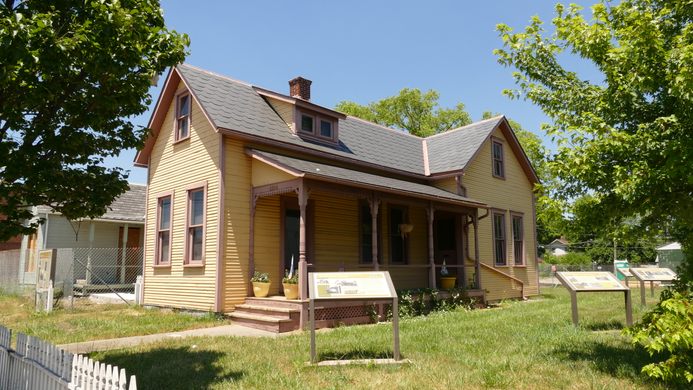
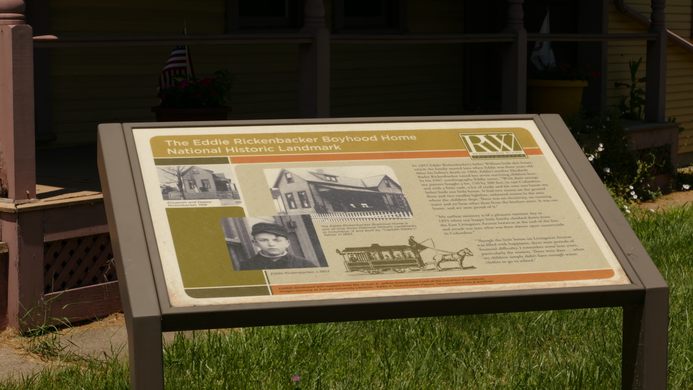





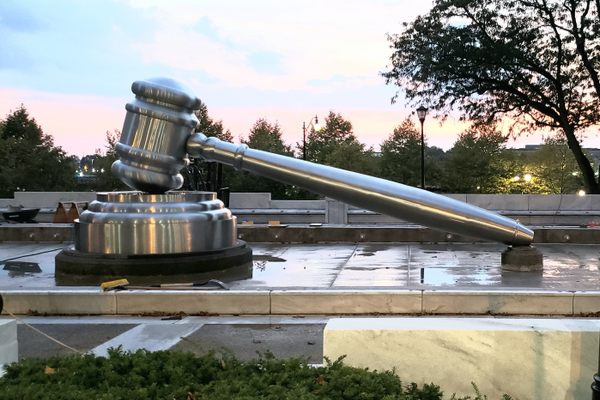

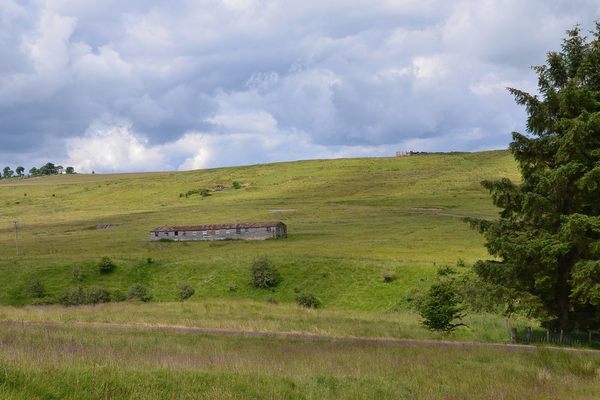

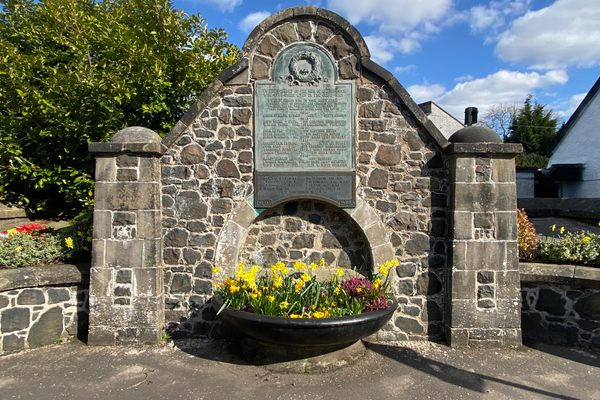
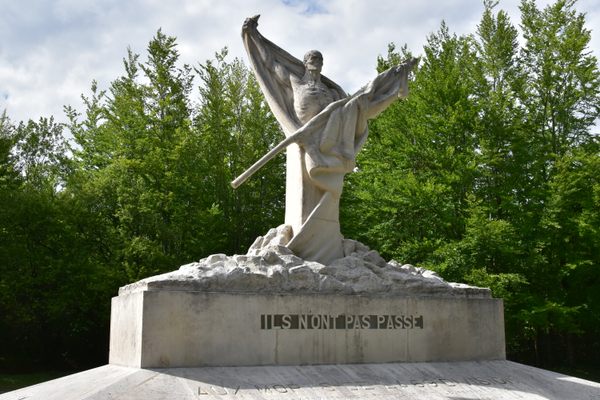

Follow us on Twitter to get the latest on the world's hidden wonders.
Like us on Facebook to get the latest on the world's hidden wonders.
Follow us on Twitter Like us on Facebook